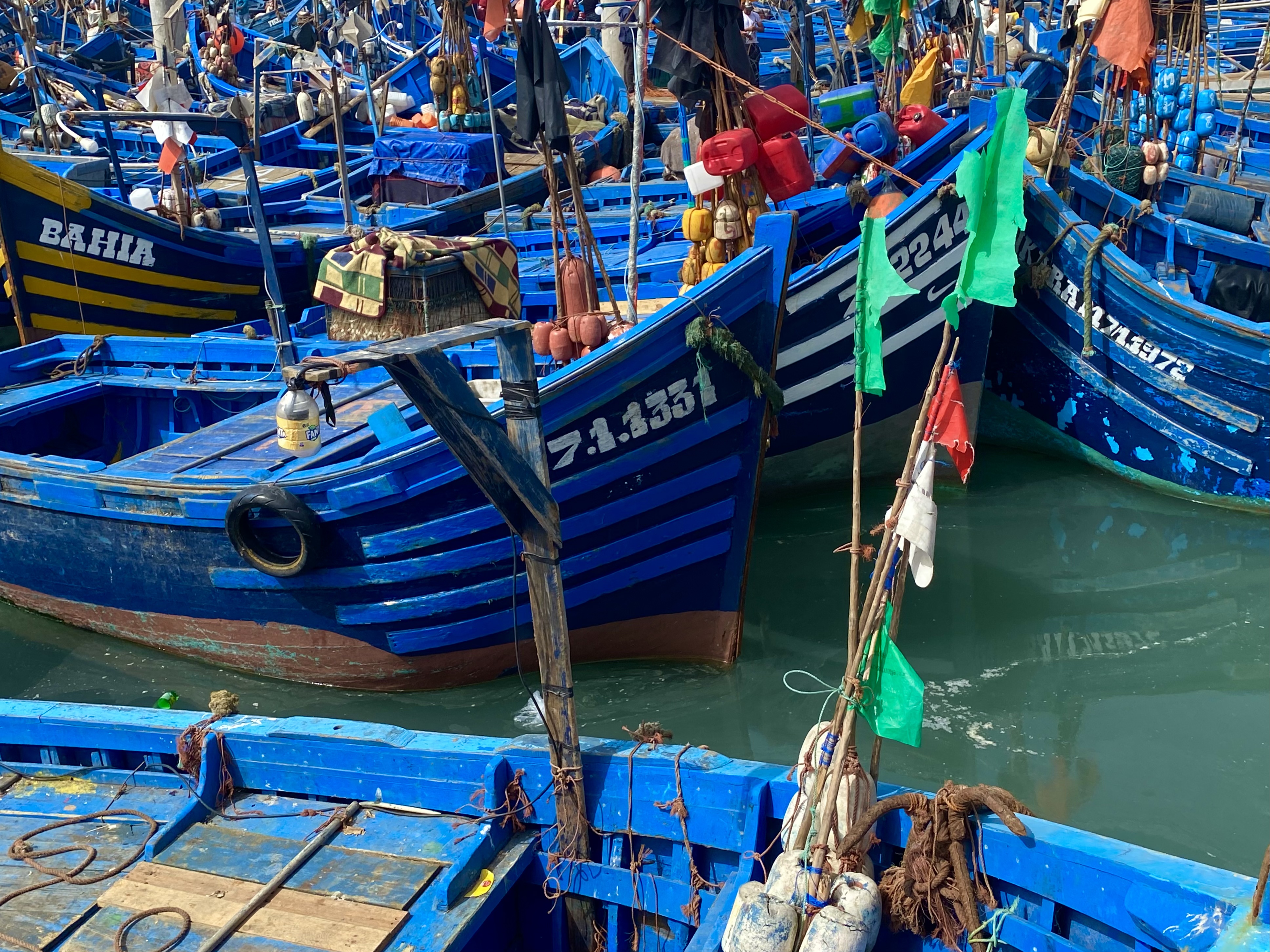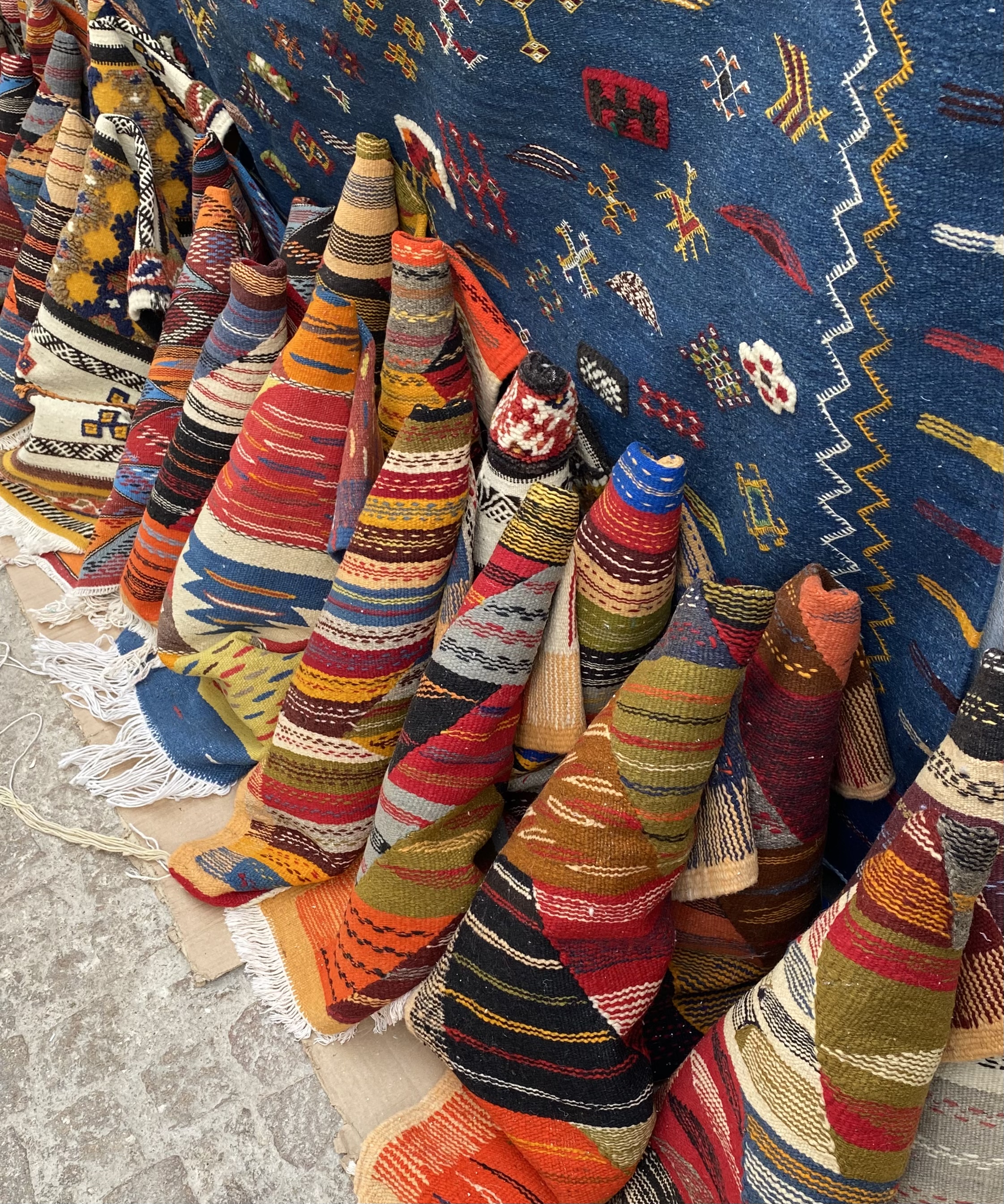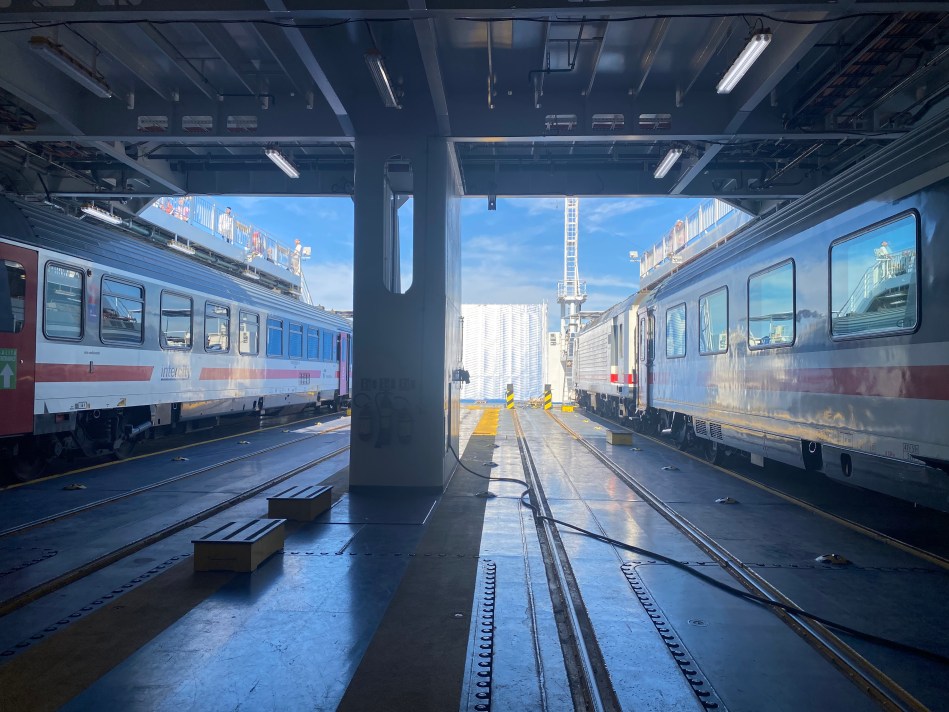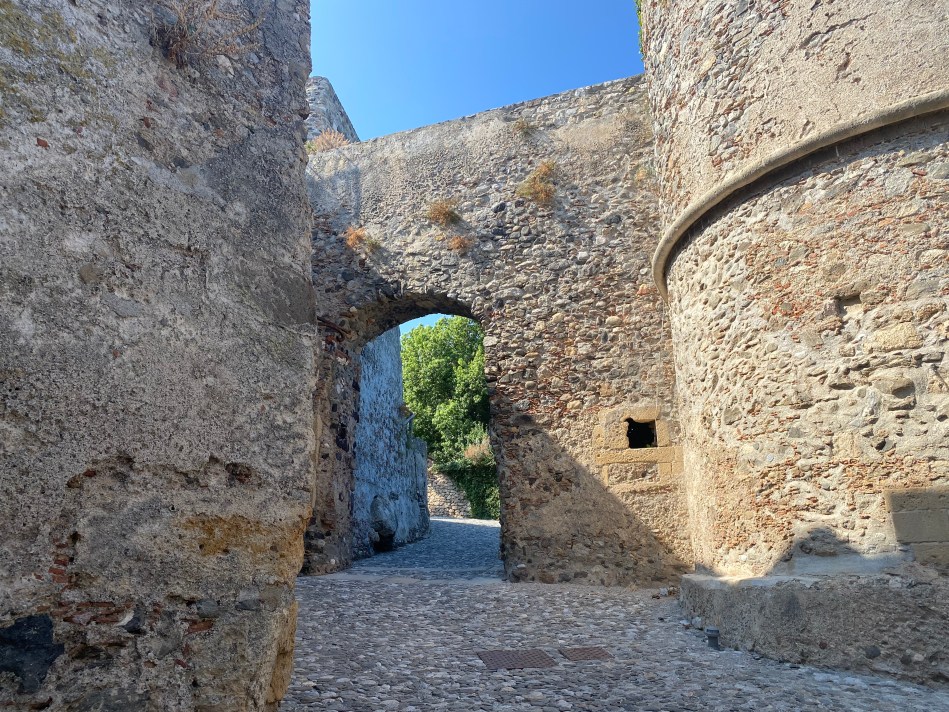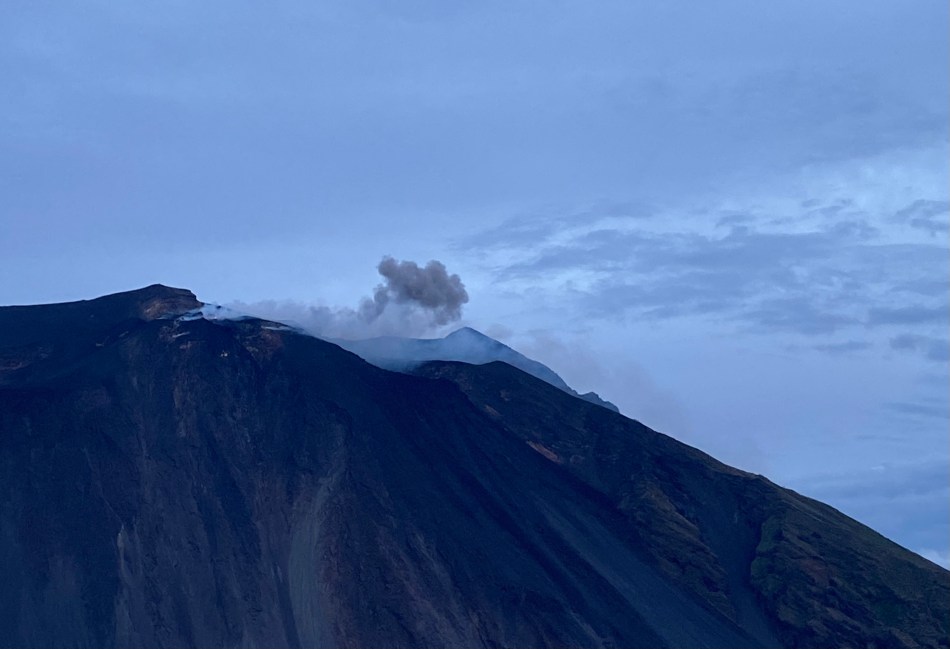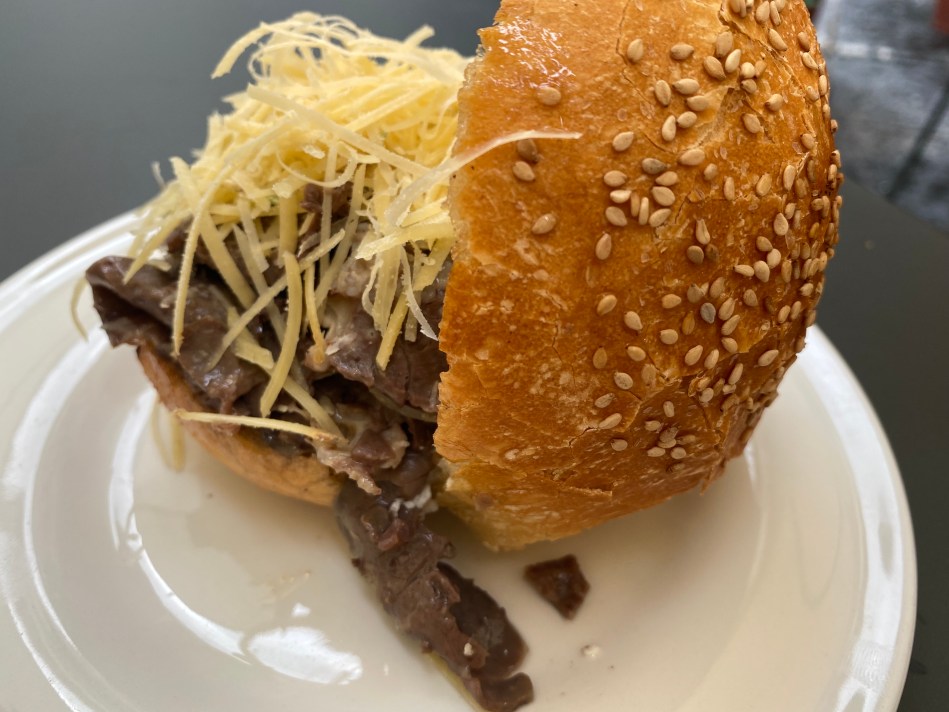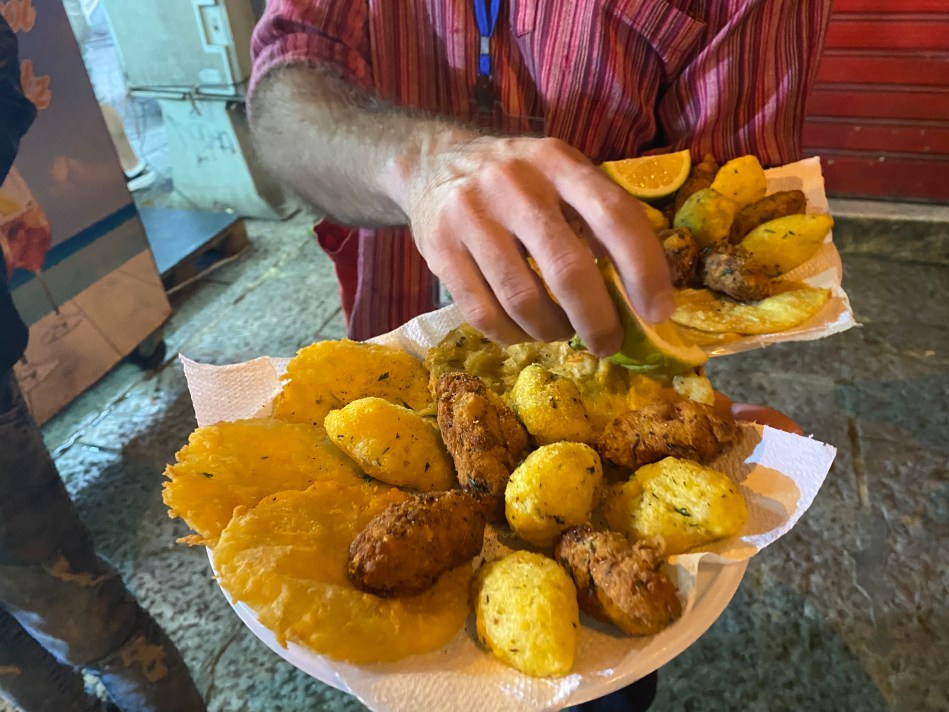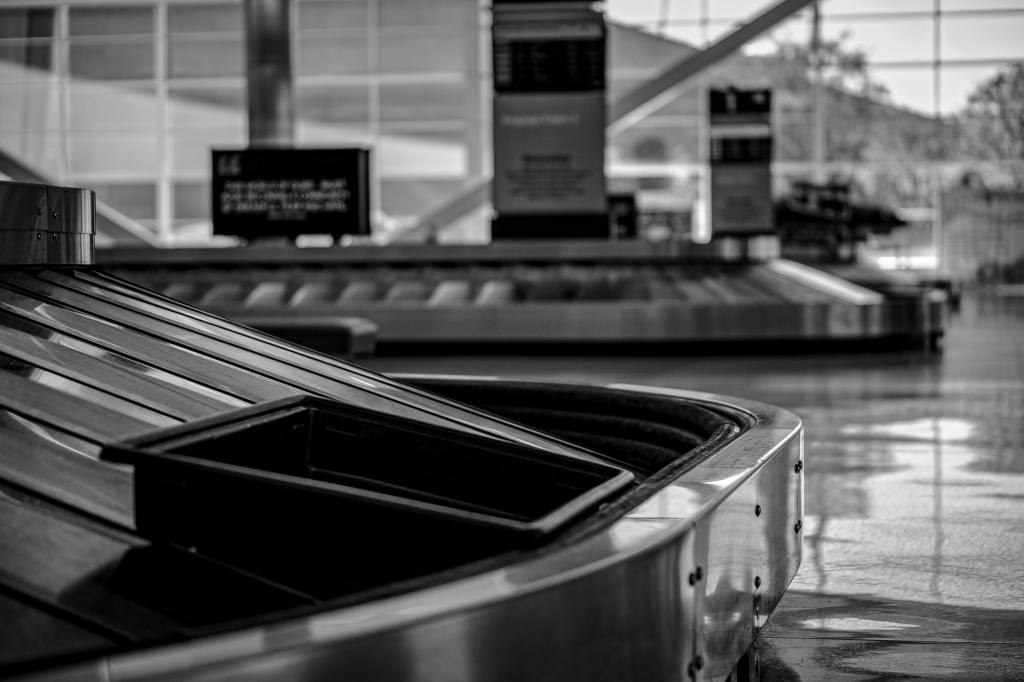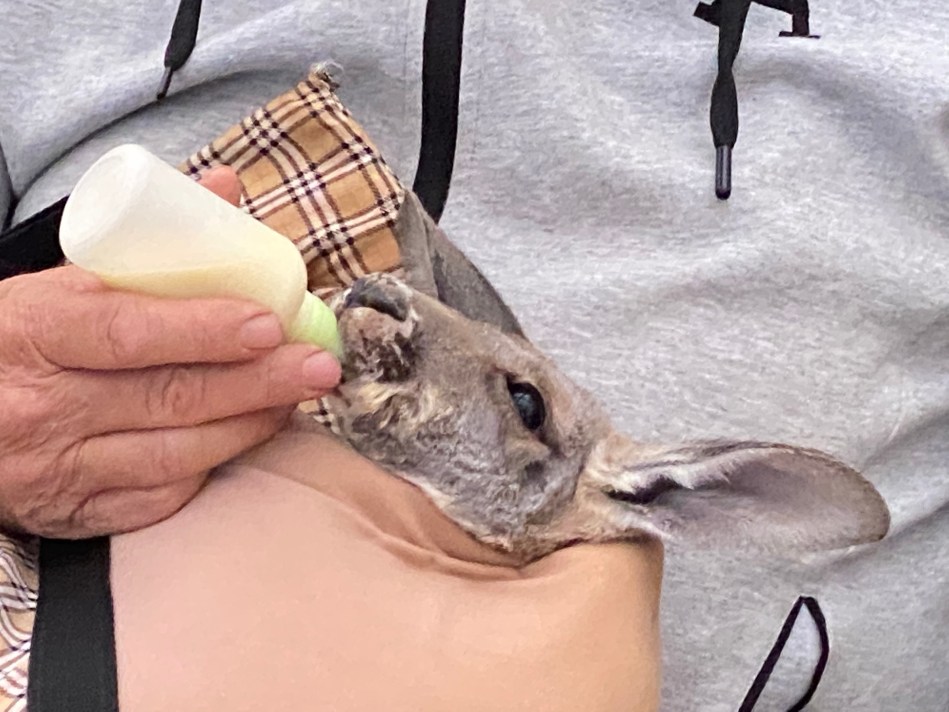It’s been a couple of months since I wrote my last post, snowed with work in between trips, but I thought I’d write my usual roundup piece. After a couple of COVID-impacted years, travel in 2022 finally started to feel normal again. Places were busier than ever and many of the restrictions that had created an administrative headache were lifted. Here’s where I went and how 2023’s plans are looking so far.
February: Cumbria
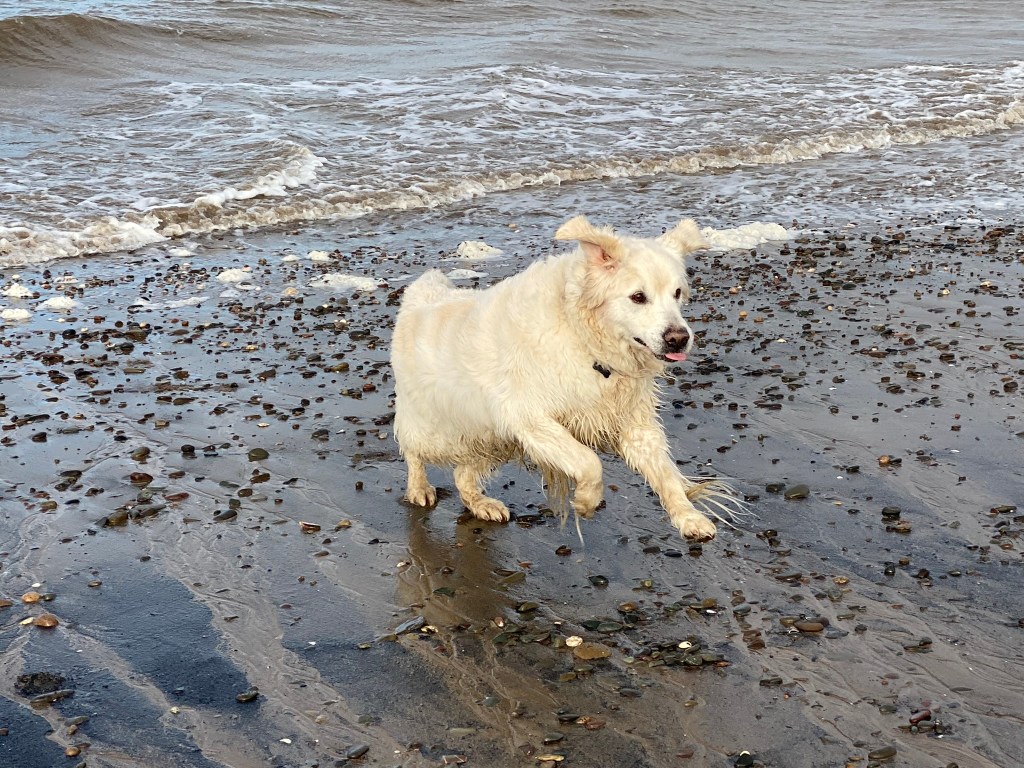
Edison loves a country walk so we decided to kick off the year’s travels with a week in Cumbria, staying in a lakeside cabin close to Carlisle. The weather, as expected, was pretty mixed, but we enjoyed blue skies for a beach walk at Silloth and a hike to Aira Force waterfall. It’s a long drive from our home in Essex but it did give me an excuse to pop into Mainsgill, a great farm shop on the A66 near Richmond, and say hi to the camels.
March: an Amtrak ride across the USA

Ever since I rode the rails down to New Orleans a few years ago I’ve wanted to sleep in an Amtrak roomette again. This time, I started my journey in Chicago. First stop was St Louis, where I boarded a retro tram to the top of the Gateway Arch and ate Gooey Butter Cake. Continuing south, I explored a little of New Mexico, staying in Santa Fe and Albuquerque while I climbed ladders to step inside the caves at Bandelier National Monument, made tamales at cookery school and took a road trip to Taos via the quirky Classical Gas Museum in Embudo. If you’re keen to know more, I wrote about it for the New Zealand Herald.
April: Alsace

For a long time, Alsace has been on my wishlist, so it was great to finally see it in the flesh. I was impressed with Strasbourg and enjoyed the obligatory boat ride as well as a mooch around Petite France with its cobblestone streets and half-timbered buildings. Colmar was even prettier – and there I took another boat ride, this time much lower to the water. I was keen to visit one of the smaller villages. After a failed attempt to catch a bus to Riquewehr (arriving at the bus stop several days early) I managed to get to Eguisheim, which was very quaint.
May: Australia

After a family trip to Paris for a Disney-based 21st birthday party, I jetted off to Australia. News had broken earlier in the year that my favourite TV show, Neighbours, was wrapping up after 37 years, so I decided to be there to watch the final day of filming on “Ramsay Street”. It was also fun to do the Neighbours Tour again, this time visiting the sets at Nunawading Studios, and driving around the eastern suburbs of Melbourne ticking off sights such as the church where Scott and Charlene got married and Lassiters’ pool. Even I wouldn’t fly halfway round the world just for Neighbours so I tagged on a dreamy few days in eastern Tasmania, the opal mining town of Coober Pedy and a trip to Sydney’s Northern Beaches for the Home and Away tour. Breaking the homeward journey in New York City was the icing on the cake.
June: Northumberland

One of the most beautiful stretches of coastline in England is surely that of the Northumberland AONB. Dad and I spent a few days there in glorious sunshine, visiting Cragside, Alnwick Poison Garden and Rothbury. We were incredibly luckily with the weather for a boat trip to the Farne Islands on a millpond calm sea, with plenty of seabirds and seals to look at from the boat and close to the Longhouse Lighthouse.
September: Malta
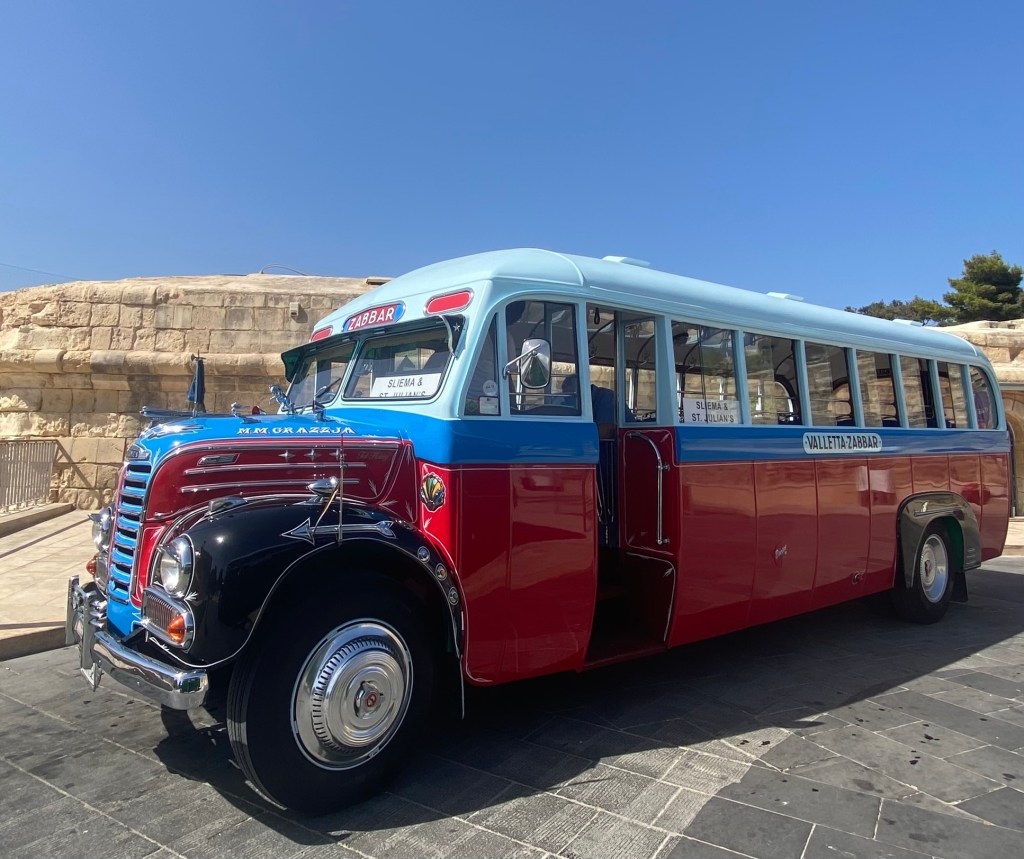
After spending the hottest summer ever at home, Alan and I took off for a relaxing week in Malta. I’ve been before, so it was good to take it easy this time. I was tempted off the sunlounger for repeat visits to Valetta & the Three Cities, Marsaxlokk and Mdina. For the latter, I opted to ride the vintage bus, which is now a tourist attraction rather than the regular public transport it was last time I was here. With a breeze streaming through the window, it was far more comfortable than the airconditioned vehicles that have replaced it and definitely more photogenic.
September: Sicily

Though I did enjoy season two of The White Lotus, I’d say the best reason to visit this Mediterranean island isn’t Taormina, Siracusa or even Etna – it’s the train that’s carried on a ferry. This railway journey, linking the mainland to Messina was certainly the most unusual of all the train rides I’ve done over the years. Milazzo was an overlooked gem, and the jumping off point for a boat trip to the Aeolian Islands where Stromboli was puffing ash into the sky. The views from hilltop Erice were equally breathtaking, as was the hour long hike back to the bus stop but for more literal reasons. Palermo was interesting, particularly learning about the Mafia’s historic hold over the city. The only thing I wouldn’t recommend is Pani ca’ Meusa (veal spleen sandwich) that has a rather intense taste and a pungent aroma.
October: Morocco

I’ve been to Marrakesh many times but never tire of wandering its souks, so a few days here in autumn was a real treat. I found myself a beautiful riad so buried that I couldn’t even hear the call of the muezzin. It was hard to find the first time, but once I could remember at which sign to make a left and when to keep the wooden doorway on the right, it was plain sailing. I was grateful of a press pass to skip the enormous queue at Jardin Majorelle, but delighted to discover the charming Jardin Secret even closer to my base. Another highlight was a day trip to Essaouira by bus – fresh sardines on the quayside, hassle-free shopping and a chance to see the historic Jewish Quarter before it is gentrified.
November: Colombia
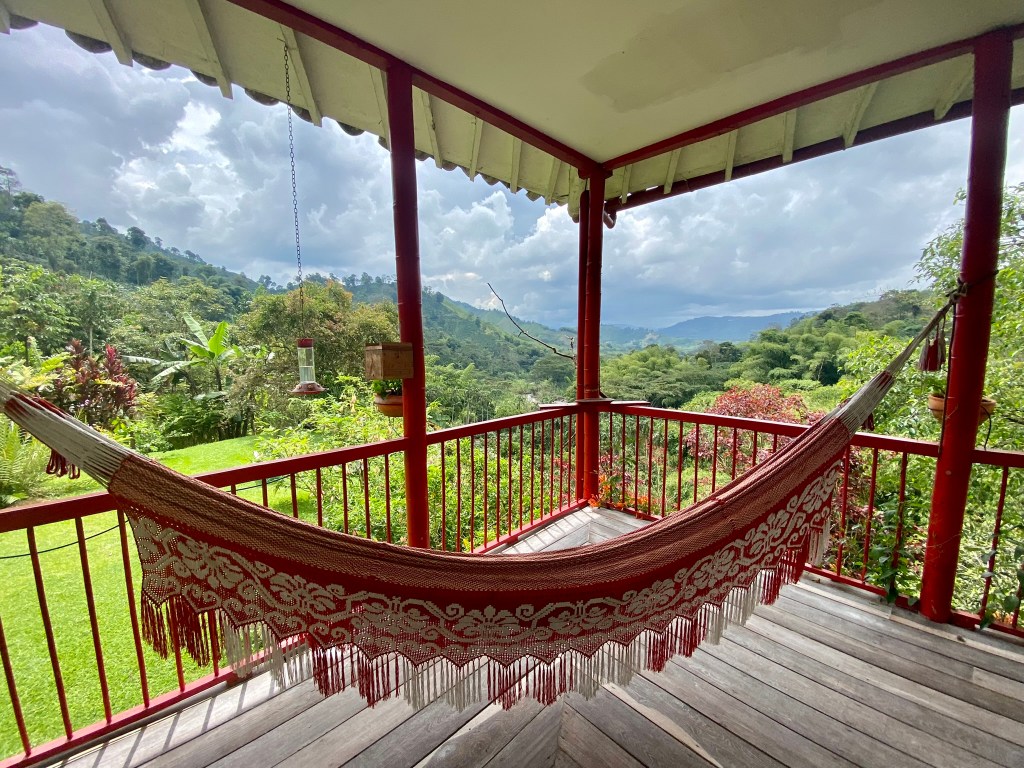
I was really excited at the prospect of seeing more of Colombia, having dipped a toe in with a Cartagena weekender about 15 years ago. This time, I was on the coffee trail, beginning a journey in Medellin that would take me through some of the coutnry’s most wonderful scenery to Bogota, the capital. I learnt a lot about coffee staying on two very different but equally captivating coffee farms: Hacienda Venecia and Hacienda Cafetera La Gaviota. Touring the countryside near Salento was like stepping into the Disney movie Encanto, while cute Barichara was absolutely worth the long slog to get there. It wasn’t all coffee and countryside, however, as I spent a fascinating afternoon in the Egipto barrio of Bogota learning how the community is trying to shrug off the gang-related violence of the past and build a safer and more positive future.
December: Oslo
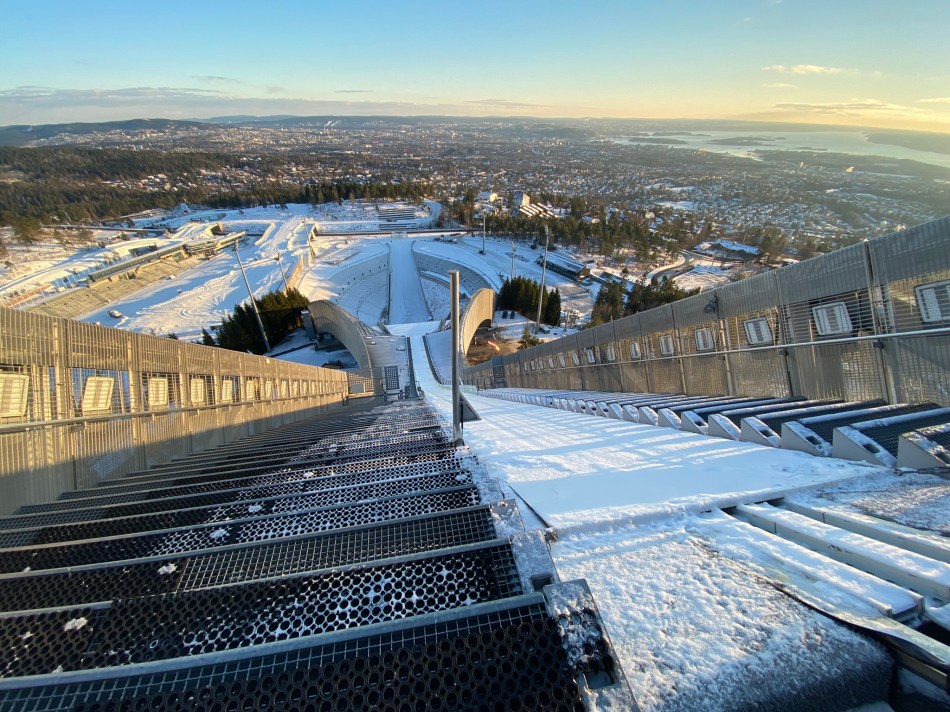
Several years ago I tried unsuccessfully to visit Oslo. Two cancelled flights meant that the most I saw was an airport hotel. This time, I made it to the Norwegian capital only half an hour behind schedule and spent a pleasant – if cold – couple of days visiting its Christmas markets and some of its museums. Unfortunately, the curse struck again, this time thanks to heavy snow at Stansted which caused my flight home to be cancelled last minute. I rebooked, but the next flight was also cancelled. Fortunately, it was third time lucky, and Visit Oslo’s generosity in comping me an Oslo Pass and train ticket meant I got to see the fabulous view from the top of Holmenkollen Ski Jump and one of the original Screams on my bonus day.
2022 turned out to be an incredible year, and not just in terms of travel. Neighbours is coming back in 2023, though I don’t (yet) have any plans to be there for the first day of filming. What I do have in the calendar is a week in Yorkshire and a return trip to South Africa from where I shall ascend the vertiginous Sani Pass into Lesotho (someone else is doing the driving so I can concentrate on the view!) After that, who knows what 2023 will bring, but I’m excited to find out. Happy travels everyone, wherever your wanderlust may take you.

